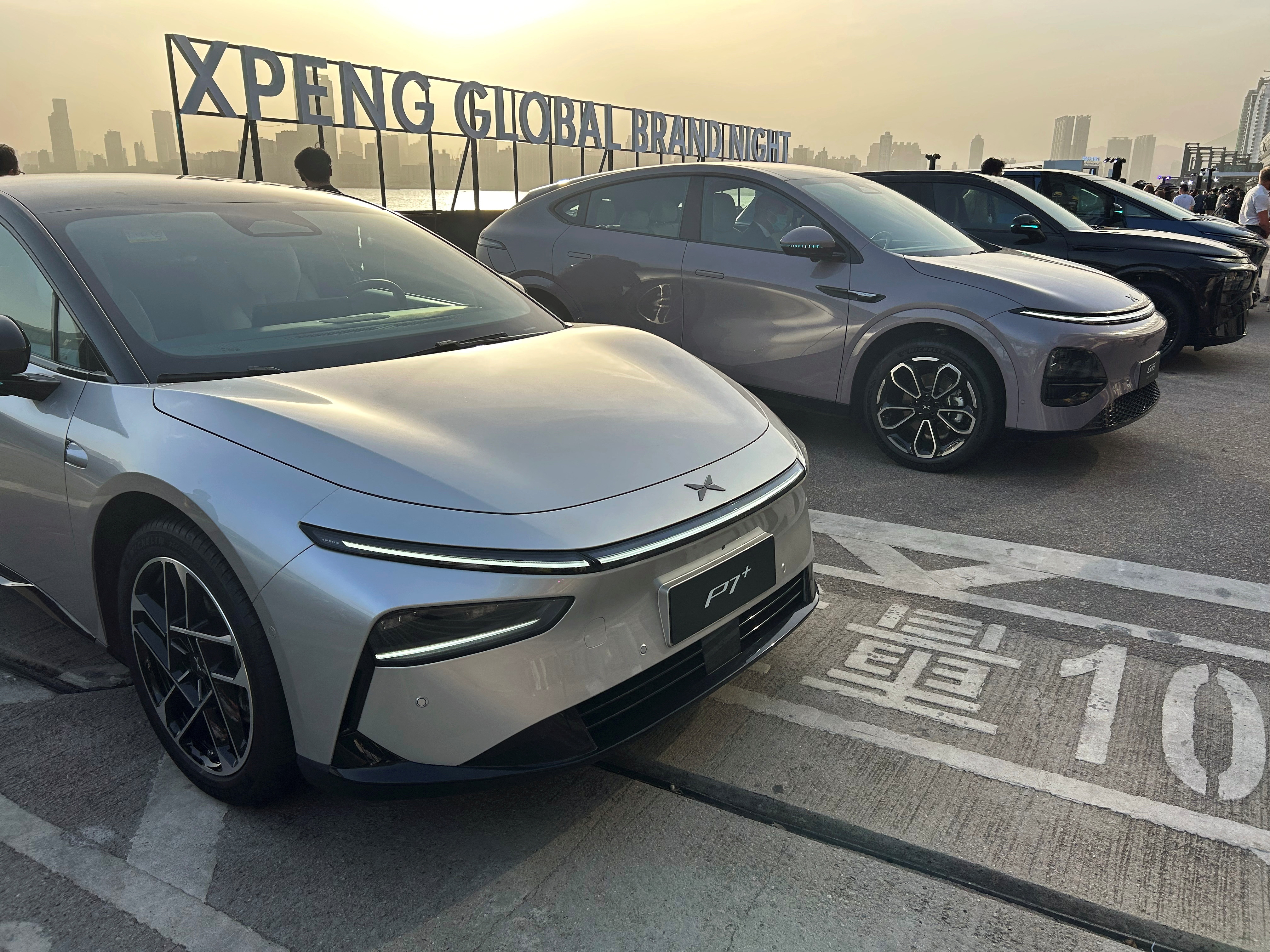Chinese electric vehicle manufacturers are rapidly entering international markets, but fierce competition at home threatens the survival of some brands.
Over recent years, China has become a major force in the electric vehicle (EV) industry. The country’s producers have utilized cutting-edge technology, strong supply systems, and government support to lead national sales while aiming for worldwide growth. Prominent firms are now shipping their cars to Europe, North America, and Southeast Asia, indicating the emergence of Chinese EVs as formidable rivals in the global automobile arena. Nonetheless, the intense price battles happening in China’s home market present a notable obstacle, leading to concerns about the future viability of numerous brands.
World expansion and global aspirations
Chinese EV companies are no longer content with capturing domestic market share. Firms such as BYD, NIO, XPeng, and Li Auto have begun forging paths into foreign markets, positioning themselves as affordable alternatives to established Western automakers. By offering high-spec vehicles at lower price points, these brands aim to attract cost-conscious consumers while demonstrating that Chinese EVs can compete in quality, safety, and innovation.
In Europe, Chinese electric vehicles are now visible in prominent cities, capturing the interest of customers attracted by incentives for electric mobility and a commitment to eco-friendly living. Simultaneously, in Southeast Asia and Latin America, manufacturers are entering developing markets where there is an increasing need for cost-effective, energy-saving cars. This worldwide growth demonstrates both strategic planning and belief in their technological advancements, from battery efficiency to intelligent vehicle systems.
The international expansion also aids in broadening revenue channels. As domestic rivalry becomes more intense, going global enables manufacturers to alleviate some of the pressure on their profit margins experienced locally. By tapping into markets where electric vehicles are still in their infancy, Chinese brands can establish awareness and customer allegiance ahead of heightened global competition.
Conflicts over domestic pricing and unification of the market
While international growth appears promising, the home front presents a more daunting challenge. The Chinese EV market has been characterized by intense competition, with dozens of brands offering similar models at increasingly aggressive prices. This has created a “race to the bottom” scenario, where profitability is under constant pressure, and smaller or less established brands risk being squeezed out entirely.
Government subsidies have historically played a role in promoting EV adoption in China, but changes in policy and the gradual reduction of incentives have intensified price competition. Many manufacturers now rely on high-volume sales to maintain profitability, but the market is reaching saturation in some urban centers. Companies that cannot maintain scale or differentiate their products face financial strain, leading to closures, mergers, or acquisitions.
The outcome is likely to be a wave of consolidation, with stronger brands absorbing weaker rivals or some exiting the market entirely. While this may reduce domestic choice for consumers, it could ultimately strengthen the most competitive players, who can then leverage their position for international expansion.
Technological innovation as a survival strategy
In an environment defined by price wars, technological innovation has become a critical differentiator. Companies that invest in battery technology, autonomous driving systems, and smart connectivity features are better positioned to survive both domestic pressures and global competition. Consumers increasingly consider not only price but also range, safety, software integration, and design when choosing an EV, meaning that brands cannot rely solely on low costs to maintain market share.
Battery effectiveness, specifically, is an essential area of competition. Producers in China have achieved notable progress in crafting high-capacity batteries with extended life, quicker charging times, and enhanced safety measures. By combining these improvements with attractive pricing, firms can offer persuasive value propositions that attract both local and global consumers.
Furthermore, intelligent vehicle technology—such as AI-powered driving, digital dashboards, and connectivity services—is increasingly a core selling feature. Companies that provide a smooth blend of hardware and software tend to retain customer allegiance and resist market competition. Thus, innovation in technology serves a dual role: safeguarding profits locally while expanding into international markets.
Geopolitical and trade considerations
The global expansion of Chinese EVs is not without challenges. Geopolitical tensions, trade restrictions, and regulatory differences can complicate market entry, requiring companies to navigate complex legal frameworks and import standards. For instance, entering the European Union or U.S. markets involves compliance with stringent safety and environmental regulations, intellectual property protections, and localized customer expectations.
Trade conflicts could influence pricing approaches and earnings. Tariffs or other trade obstacles might lower the cost benefit that Chinese EVs have compared to domestic rivals. As a result, certain manufacturers are considering local production or partnerships to lessen these threats, further highlighting the flexibility of China’s EV sector.
Despite these challenges, the global appetite for electric mobility provides significant opportunities. With climate policies promoting the transition to cleaner energy and consumer interest in sustainable transportation growing, Chinese EV brands are well-positioned to gain market share abroad—provided they can maintain financial and technological competitiveness at home.
Redefining electric vehicles
The journey of electric vehicles from China highlights both opportunities and challenges. On the one hand, their growth across borders showcases how Chinese car manufacturers can transform the worldwide automotive sector by delivering cost-effective and tech-savvy cars to different regions. On the other hand, the competition over pricing within China emphasizes that achieving success internationally requires both persistence and financial viability locally.
Companies that can combine innovation, operational efficiency, and strategic pricing are likely to thrive, while weaker competitors may disappear from the market. This natural selection process could ultimately strengthen the sector, allowing Chinese brands to compete on quality and reliability rather than merely cost.
As the global EV market continues to grow, the interplay between domestic pressures and international ambitions will shape the future of Chinese electric vehicles. For investors, consumers, and policymakers, understanding this dynamic is essential for anticipating both opportunities and risks in one of the most rapidly evolving industries in the world.
The expansion of Chinese EVs reflects a broader shift in global automotive power. While the road ahead is fraught with challenges—from price wars to trade disputes—the sector’s ability to innovate and adapt suggests that Chinese brands are not just participating in the electric revolution—they are helping to define it.




